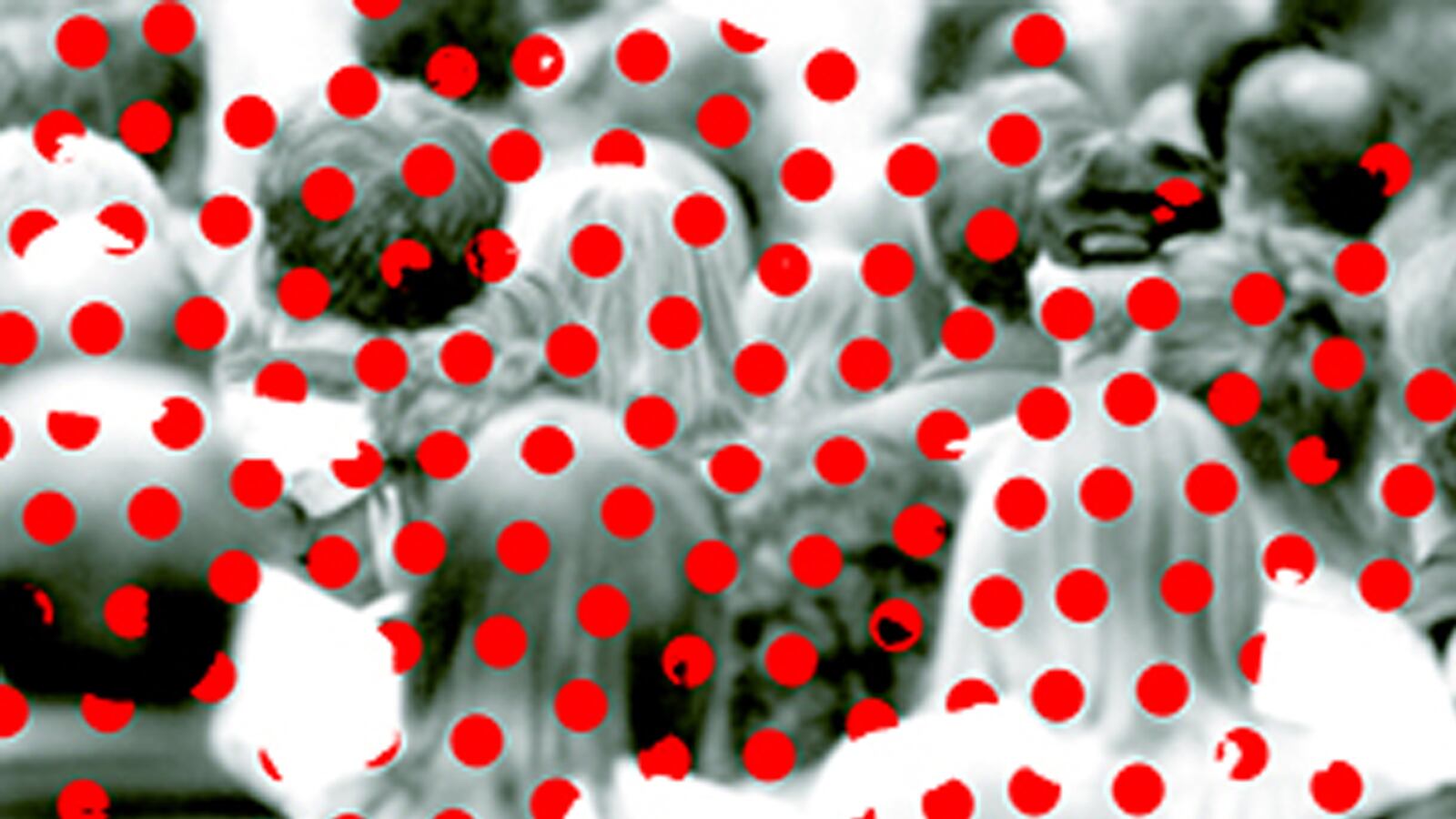A recent report in the journal Clinical Infectious Diseases documented a fully vaccinated 22-year-old in New York City, who contracted measles and was contagious, transmitting the disease to four of 88 people she was in contact with. Two of those people were also fully vaccinated. It’s the first report of a fully vaccinated person getting and then passing measles.

The measles vaccine works 95 percent of the time, said Mark Slifka, a senior scientist at Oregon Health and Science University, who wasn’t involved in the study. That’s why most people are vaccinated twice, to lower the rate of vaccine failure, usually after their first birthday and again as toddlers. Less than 1 percent of people who get both shots will be sickened by measles, Slifka said. Until now, those people weren’t thought to be contagious even if they were infected.
The blood work collected in the report, led by Jennifer Rosen at the New York City Bureau of Immunization, showed that the patient’s immune system responded as though it had never seen the virus before, said George Rutherford, an epidemiologist at the University of California, San Francisco. “She looks like someone with primary measles,” he said of the 22-year-old patient. “Basically, she’s a statistical anomaly.”
Vaccination works more like a light with a dimmer than an on-off switch, said Slifka. A fully vaccinated person may have a full immune response, or only a partial one; rarely, some people have no response. A person with a partial response who’s exposed to measles may get sick, but will have a milder course of the disease—like two patients the original 22-year-old infected, both of whom had two documented courses of the vaccine and prior positive measles antibody results.
The report suggests that vaccinated people may lose their immunity as they age. In the past, measles in the community effectively provided a booster for vaccinated people. Now that the virus is mostly gone, their immune systems may be “forgetting” the disease, Rutherford said. The single report isn’t enough to suggest that people need booster shots for measles, he said—efforts should instead focus on getting as many people as possible vaccinated. “There’s no animal reservoir, so if you get everyone vaccinated, like with smallpox, then this problem will go away on its own,” he said.
Groups of unvaccinated people make that goal challenging, since people who don’t vaccinate their children often cluster together in neighborhoods and schools, Slifka said. That kind of social sorting allows for larger outbreaks by “seeding a much larger wildfire,” he said. Since measles is so contagious, even with herd immunity, it can find a weak link and spread.
Measles was declared “eradicated” in the U.S. in 2000, though it still circulates elsewhere, according to the Centers for Disease Control and Prevention. However, in 2013, 189 people got the disease, the largest measles outbreak since 1996—usually there are only about 60 cases annually. Most of these infections were from three outbreaks in New York, North Carolina, and Texas, in communities where many people don’t vaccinate.
While today’s report is important for considering the limits of vaccines, statistical oddities like the one described don’t make up the bulk of cases. According to the CDC, 80 percent of the cases in 2013 were among those who had never received a vaccination for measles. “We’re going to have to tolerate some secondary cases, and concentrate on getting everybody vaccinated,” Rutherford said.
The measles virus grows in the airways, in cells that line the throat and lungs. Symptoms include fever, runny nose, coughing, and a rash all over the body, according to the CDC. The disease kills about 164,000 people each year worldwide. Before a vaccine program began in 1963, almost all children got measles before they were 15, and 3 million to 4 million people were sickened each year. About 500 children died in the U.S. from measles yearly until the vaccine program. Thousands of other children suffered seizures, permanent brain damage or deafness.
In Rosen’s report, the authors noted that the 22-year-old measles patient worked at a theater popular with tourists, and may have contracted her illness from someone traveling from abroad, since she did not travel and didn’t know anyone who was sick. Most measles cases in the U.S. stem from travel, either of U.S. citizens to countries where measles isn’t eliminated, or of sick tourists to the U.S. Measles is very contagious, and in unvaccinated settings, one patient can transmit it to 9 of 10 others with whom the patient has contact.
Three of the people the theater worker infected were health care workers at a clinic where the woman received care; the fourth was her co-worker.
“This outbreak probably represents a series of rare events, and waning immunity among previously vaccinated persons is unlikely to threaten the ability to sustain measles elimination,” the authors wrote.






